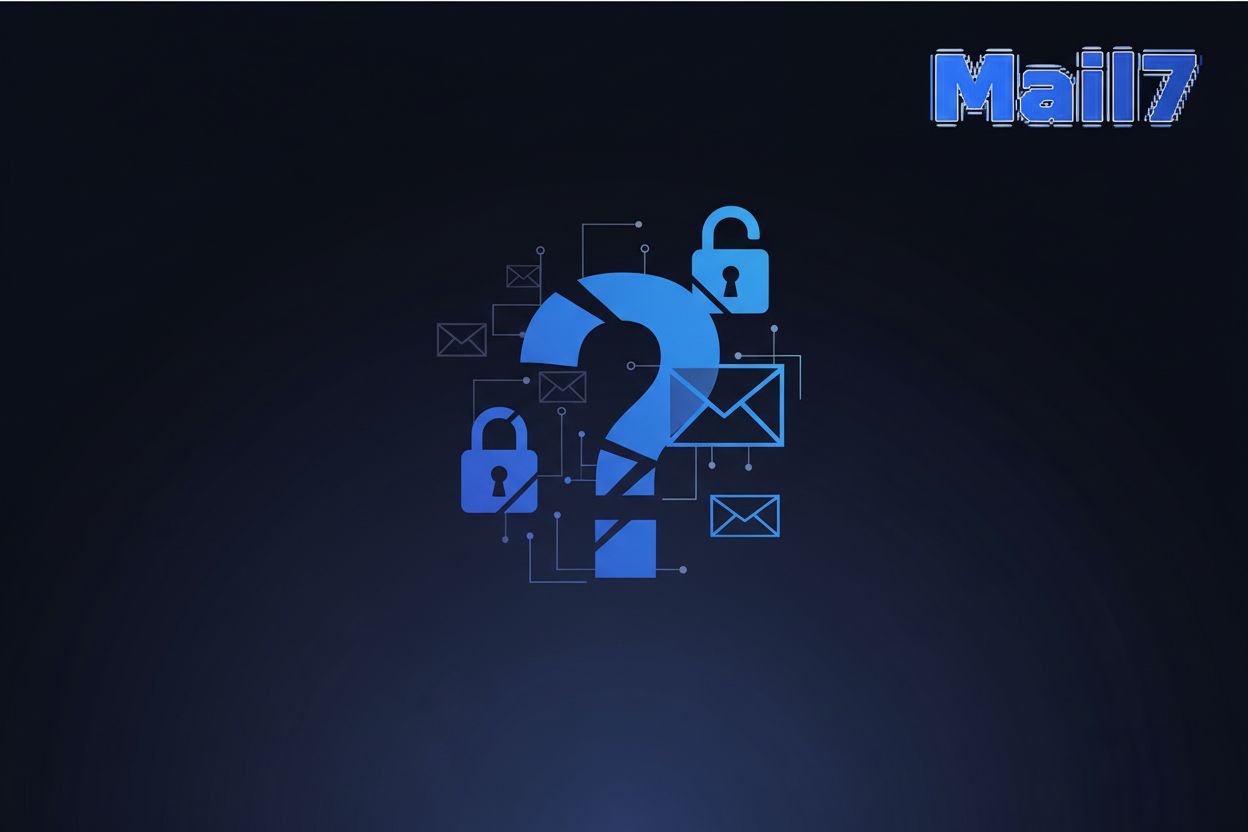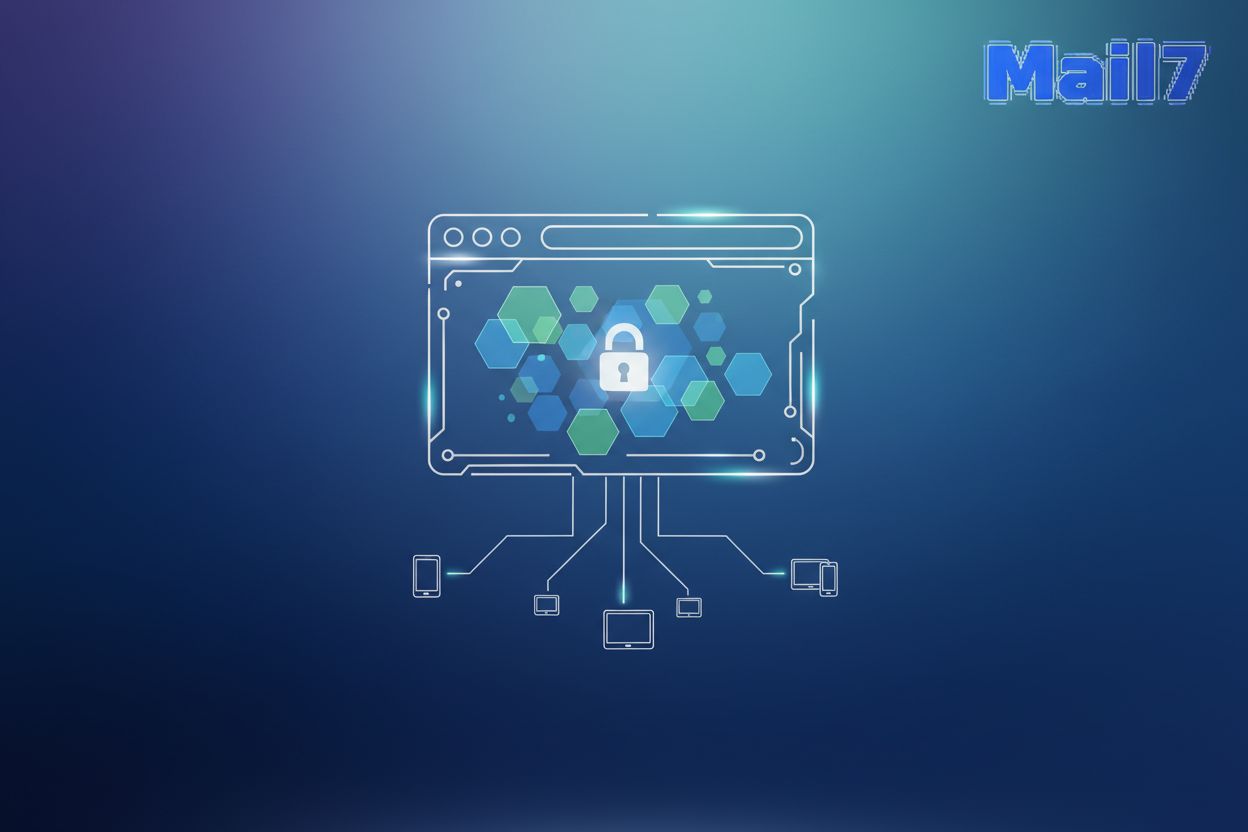Mastering Email Address Internationalization (EAI) Testing for Robust Applications
TL;DR
Understanding Email Address Internationalization (EAI)
Email addresses are super important for talking to people all over the world. But, you know, the old way of doing email addresses kinda limits what characters you can use. Email Address Internationalization (EAI) is here to fix that, letting us have email addresses that work everywhere.
Here's the lowdown on EAI:
- EAI lets you use a whole lot more characters in email addresses, not just the usual English alphabet stuff.
- It kinda gets around the rules in RFC 5322, which is this old document that put a tight leash on what characters were allowed. RFC 5322, for example, would make you stick to things like letters, numbers, and a few symbols like periods and hyphens. It's pretty restrictive.
- With everyone using Unicode these days, EAI is a must to support all sorts of languages and writing systems in email addresses.
- EAI is all about making things more inclusive, letting folks use their email addresses in their own languages.
So, EAI makes sure email addresses can actually look like the rest of the world. Next, we'll get into the nitty-gritty of the standards that make EAI happen.
The Challenges of Testing EAI-Enabled Systems
Testing systems that use EAI is, well, a bit of a headache. Are you ready to deal with all those international characters in email addresses?
Here's what you're gonna run into:
- Validation Gets Tricky: Just using regular expressions to check Unicode characters isn't enough. You'll probably need some special libraries. For example, libraries like
email_validatorin Python orlibaddressinputfrom Google can help with more complex validation, including checking for valid Unicode characters in email addresses. - SMTP Server Support and Compatibility Issues: Not all email providers are on the same page with EAI. Making sure everything works from start to finish can be a real pain. If systems aren't synced up, your emails might just bounce.
- Encoding and Decoding Issues: When characters get converted from one format to another, things can go wrong. Think about a doctor's office sending important patient info using EAI, and then the characters get all messed up because of encoding errors. It's super important that international characters display right, otherwise, you could end up with corrupted data when emails are processed. This often happens because systems might default to older encodings like ASCII or ISO-8859-1 instead of the more universal UTF-8, which is designed to handle a vast range of characters from all languages.
These problems really show why you need solid testing. Next, we'll figure out how to deal with them.
EAI Testing Strategies and Methodologies
Testing EAI systems needs a mix of the usual testing stuff and some specialized approaches. Let's look at how to make sure your apps handle international email addresses like a champ.
Making good test cases is your first defense.
- You gotta create a bunch of test cases. Use all sorts of international characters in the parts before and after the "@" symbol.
- Don't forget the edges. Test really long email addresses and weird character combos.
- Throw in some bad EAI addresses. See how the system reacts when the format is wrong.
Automating things makes testing faster and more reliable.
- Use testing frameworks and libraries that actually get Unicode. This makes it way easier to create and check EAI email addresses.
- Stick EAI tests into your CI/CD pipelines. Automated checks stop things from breaking when you update your systems.
- Write scripts to make and check EAI email addresses.
Mail7 has some neat tools for EAI validation.
- You can use Mail7's Disposable Email Testing api for EAI validation.
- With Mail7, you can make disposable email addresses that have international characters. This lets you check encoding and how they display in real-time.
- Automate your testing with Mail7's developer-friendly REST api.
Sometimes, you just need a person to look at it.
- Check how emails look in different email programs. Look for encoding problems and how things are displayed.
- Explore weird stuff. Manual testing can find those tricky edge cases that automated tests might miss.
With these strategies, you're in a better spot for EAI testing.
Tools and Libraries for EAI Testing
Want to make EAI testing less of a chore? There are a bunch of tools and libraries that can help, making sure your systems handle international characters the right way.
- Email validation libraries check if addresses follow EAI rules. Good examples include
email_validator(Python),validator.js(JavaScript), andApache Commons Validator(Java), which often have Unicode support or can be extended for it. - SMTP testing tools pretend to be servers to check UTF-8 encoding. Tools like
MailHogorMailtrapcan be useful here, allowing you to inspect outgoing and incoming emails and their encoding. - Tools that analyze SMTP responses to catch errors. This is often built into more comprehensive testing frameworks or can be done by directly interacting with an SMTP server using libraries like Python's
smtplib.
Next, we'll dive into manual and exploratory testing.
Best Practices for Implementing and Testing EAI
Just getting EAI working isn't the end of the story; you gotta make sure it works for everyone. Let's talk about how to get EAI accepted everywhere and keep those EAI systems running smoothly.
Push for EAI adoption: Get software makers to support EAI. Tell them why EAI is great, like letting users use email addresses in their own languages. When you're implementing EAI, this means testing your application's compatibility with various other systems and services that might not fully support EAI yet, to catch potential integration issues early.
Make things better with email providers: Work with email providers to make sure their systems fully support EAI. This means their SMTP servers, email apps, and webmail. Let them know if you find any problems.
Teach people about EAI: Make some easy-to-understand stuff to explain EAI to regular users. Show them how they can use international characters in their email addresses.
Keep an eye on EAI issues: Watch your systems for EAI-related errors, like encoding problems. Set up logging so you can catch any issues that pop up.
Report problems: Tell email providers and the people who make the rules about any EAI problems you find. This helps make EAI support better for everyone.
Keep improving: Update your apps regularly to make EAI support better. Stay up-to-date on the latest EAI standards and what's working best.
Getting EAI implemented and tested is an ongoing thing. If you follow these best practices, your systems should handle internationalized email addresses just fine.





